Black Locust Trees |
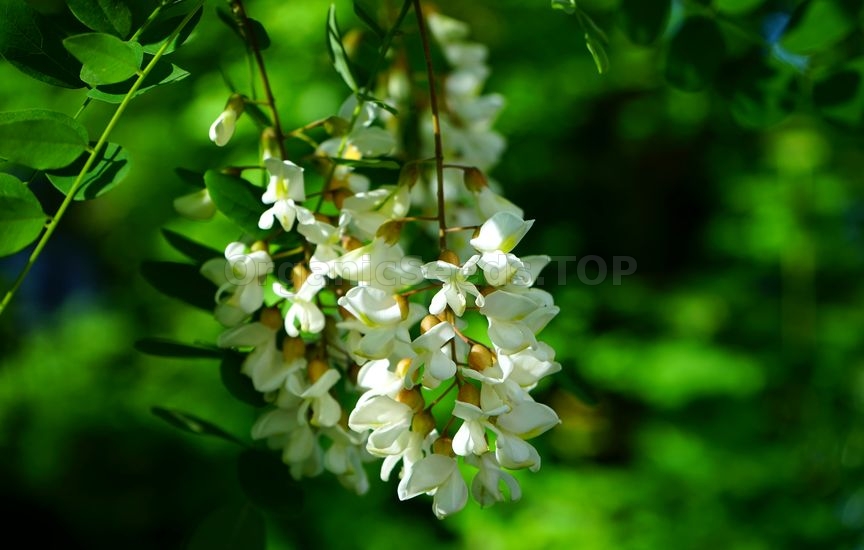 Black locust trees (Robinia pseudoacacia, USDA zones 4 through 8) are at their best in late spring, when trailing clusters of 5-inch, fragrant flowers bloom at the tips on new branches. The flowers attract honeybees, which use the nectar to make excellent honey. Growing black locust trees is easy, but they can become weedy if you aren’t diligent about removing suckers. Read on for more black locust information. What is a Black Locust Tree?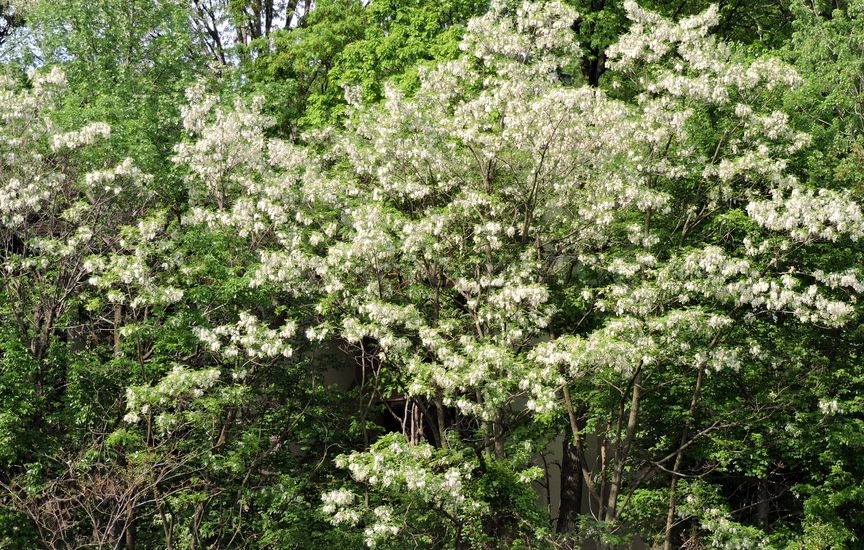 Black locust is a member of the legume family, so it’s not surprising that the flowers closely resemble sweet peas. After the flowers fade, 2- to 4-inch pea pods take their place. Each pod contains four to eight seeds. The seeds are difficult to germinate because of their hard coats. Like other members of the legume family, black locust captures nitrogen from the air and enriches the soil as it grows. That being said, there are a number of resources that report its cousin, the honey locust, does not fix nitrogen to the soil.
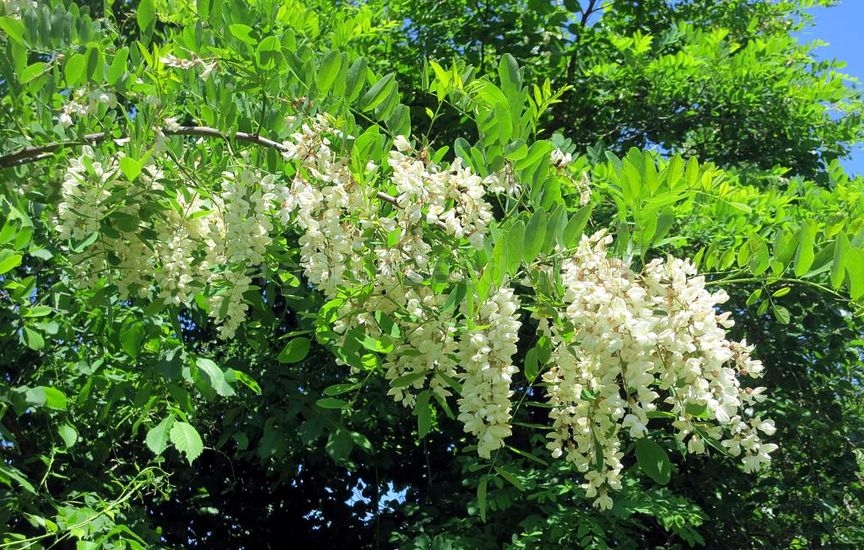 The tree can grow up to 80 feet tall, but it usually stays between 30 and 50 feet in height with a canopy that spreads up to 30 feet wide. The irregular branches cast light shade, making it easy to grow other plants that require partial shade beneath the tree. Black locust makes a great lawn tree and tolerates drought, salt and poor soil. One of the most attractive black locust trees for landscaping is the ‘Frisia’ cultivar. This highly ornamental tree has bright yellow to chartreuse foliage that holds its color well. The foliage contrasts well with deep purple or dark green foliage for a dramatic landscape effect. How to Care for a Black Locust Tree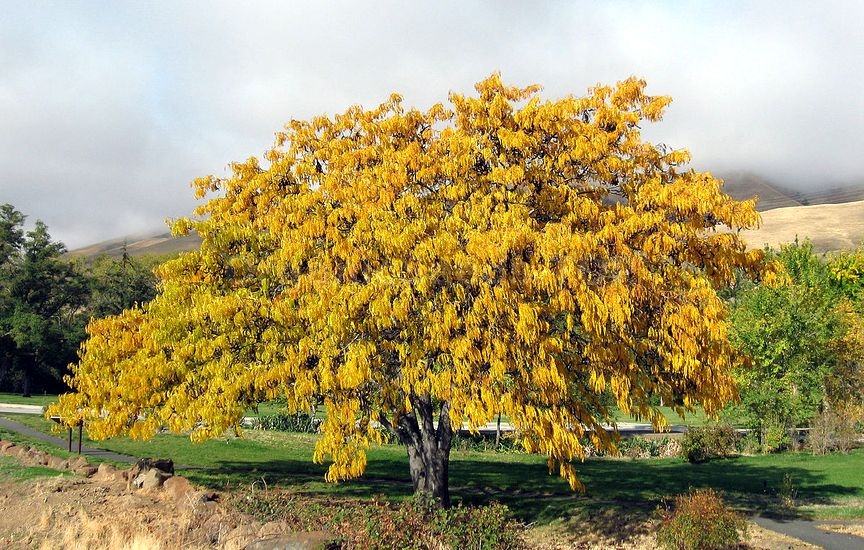 Plant black locust trees in a location with full sun or light shade. It prefers loose soil that is moist but well-drained, although it adapts to most soil types. Water the tree often enough to keep the soil moist during its first growing season. The second and third year, water when there hasn’t been a drenching rain in a month. Mature trees tolerate moderate drought, but perform best when they are watered during dry spells. 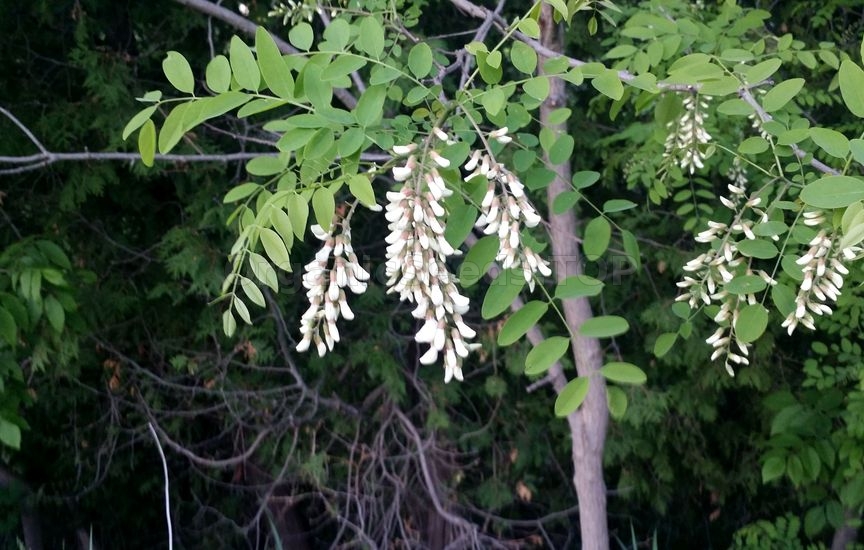 The tree rarely, if ever, needs nitrogen fertilizer because of its ability to fix nitrogen from the air. Black locust trees form a dense, fibrous root system that sends up new shoots. These shoots become a dense grove of trees if you don’t remove them regularly. In most of the Eastern United States and parts of the West, black locust has escaped cultivation and invaded wild areas. You may need:Organic Black Locust Seeds (Robinia Pseudoacacia)Ornamental Trees Seeds«Delta» - Organic Jacaranda SeedsOrganic Canadian Serviceberry Seeds (Amelanchier Canadensis)Organic Osage Orange Seeds (Maclura Pomifera) |
|
|
